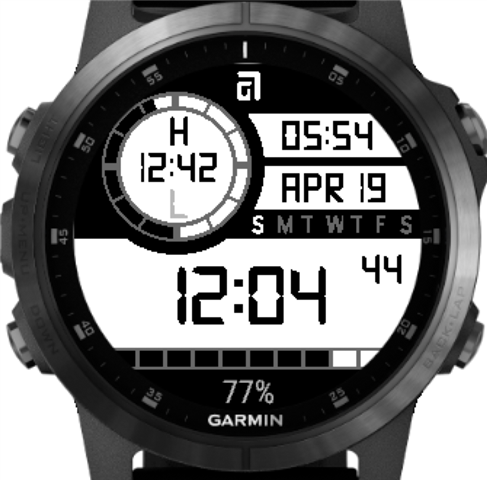I just designed a watchface for myself and I am drawing all the background elements in the code. See attached.
A bunch of things could be easily done as an image, and just filling some color boxes for highlights.
- What is the difference in memory (and/or battery usage) for a background image called every update vs using background coding?
- Is the quality much better for an image vs the drawing of elements?




